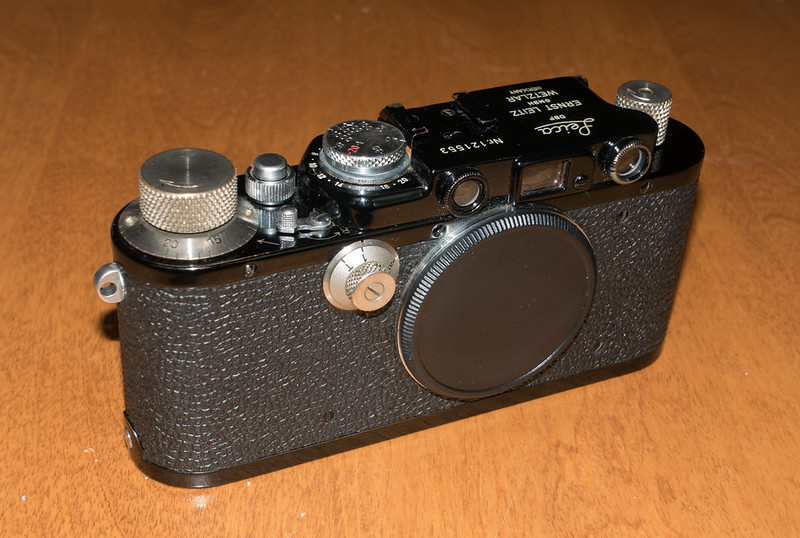Erik van Straten
Veteran
I thought first that the key in the bottomplate was chrome, but now I see it is nickel. Thus all nickel. A beauty! The engraving is perfect! Congratulations.
Early conversion, around 1936, because D.R.P. is between Leica and Ernst Leitz. On earlier cameras D.R.P. is under Wetzlar.
Erik.
Early conversion, around 1936, because D.R.P. is between Leica and Ernst Leitz. On earlier cameras D.R.P. is under Wetzlar.
Erik.










